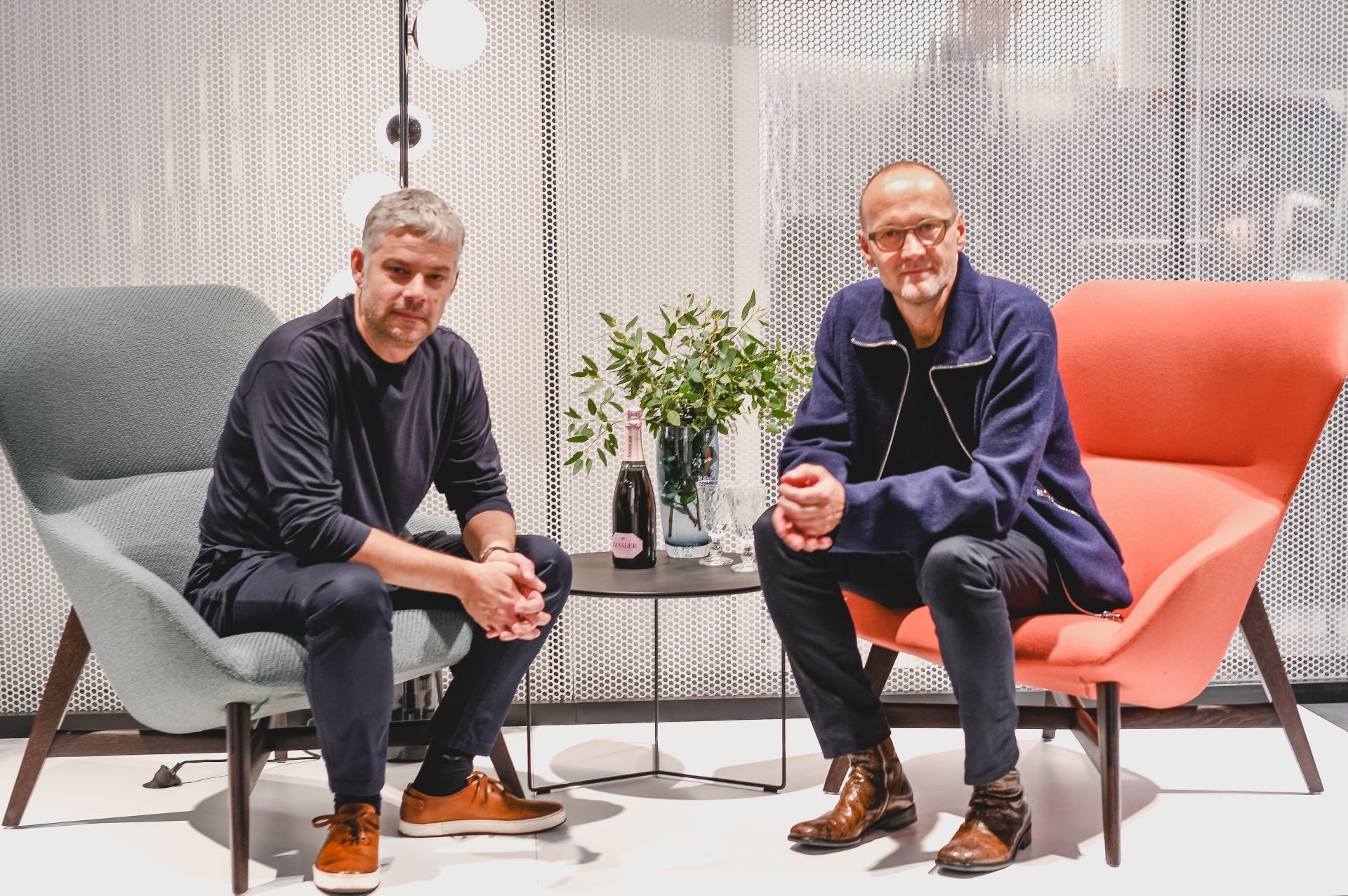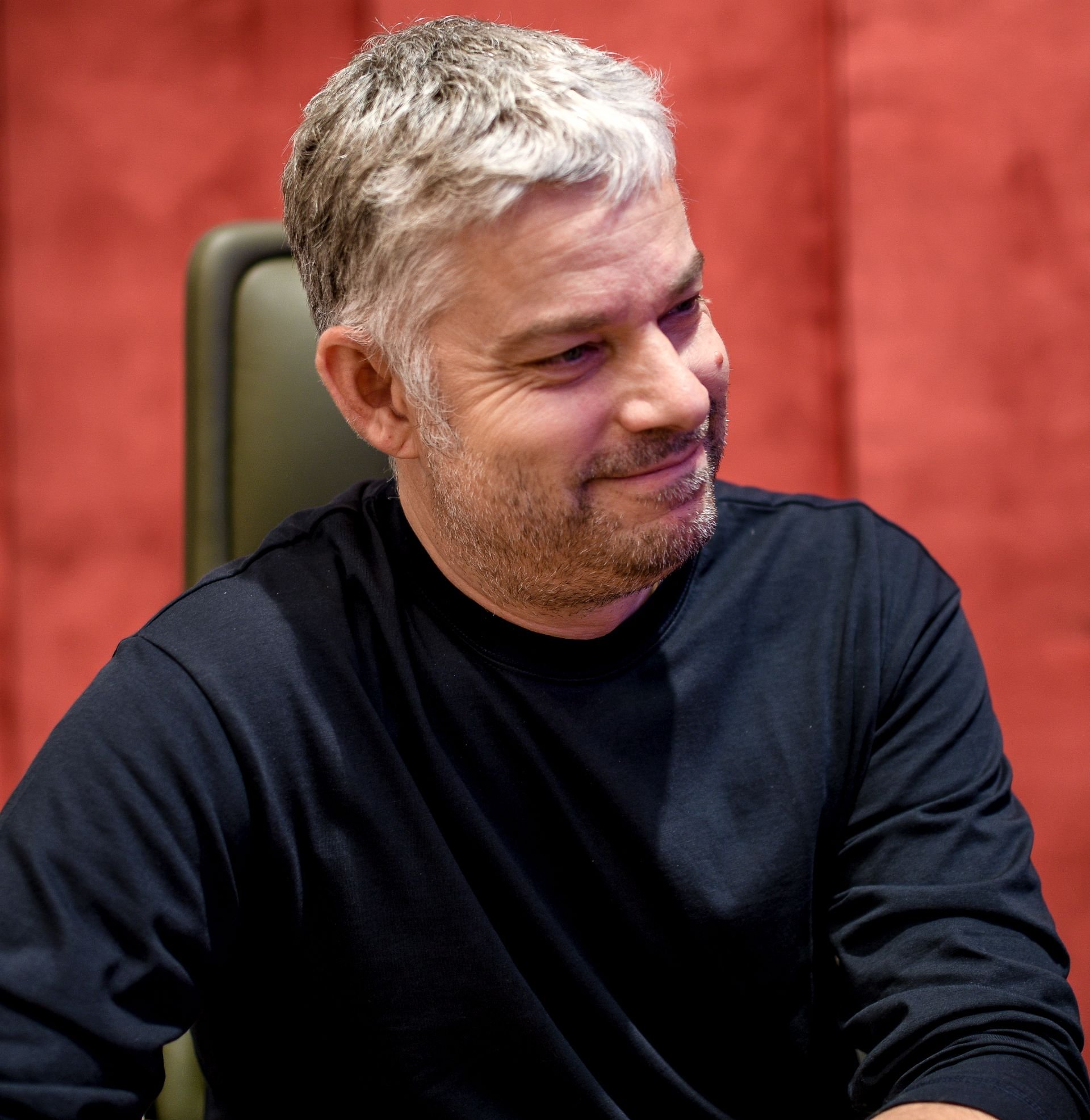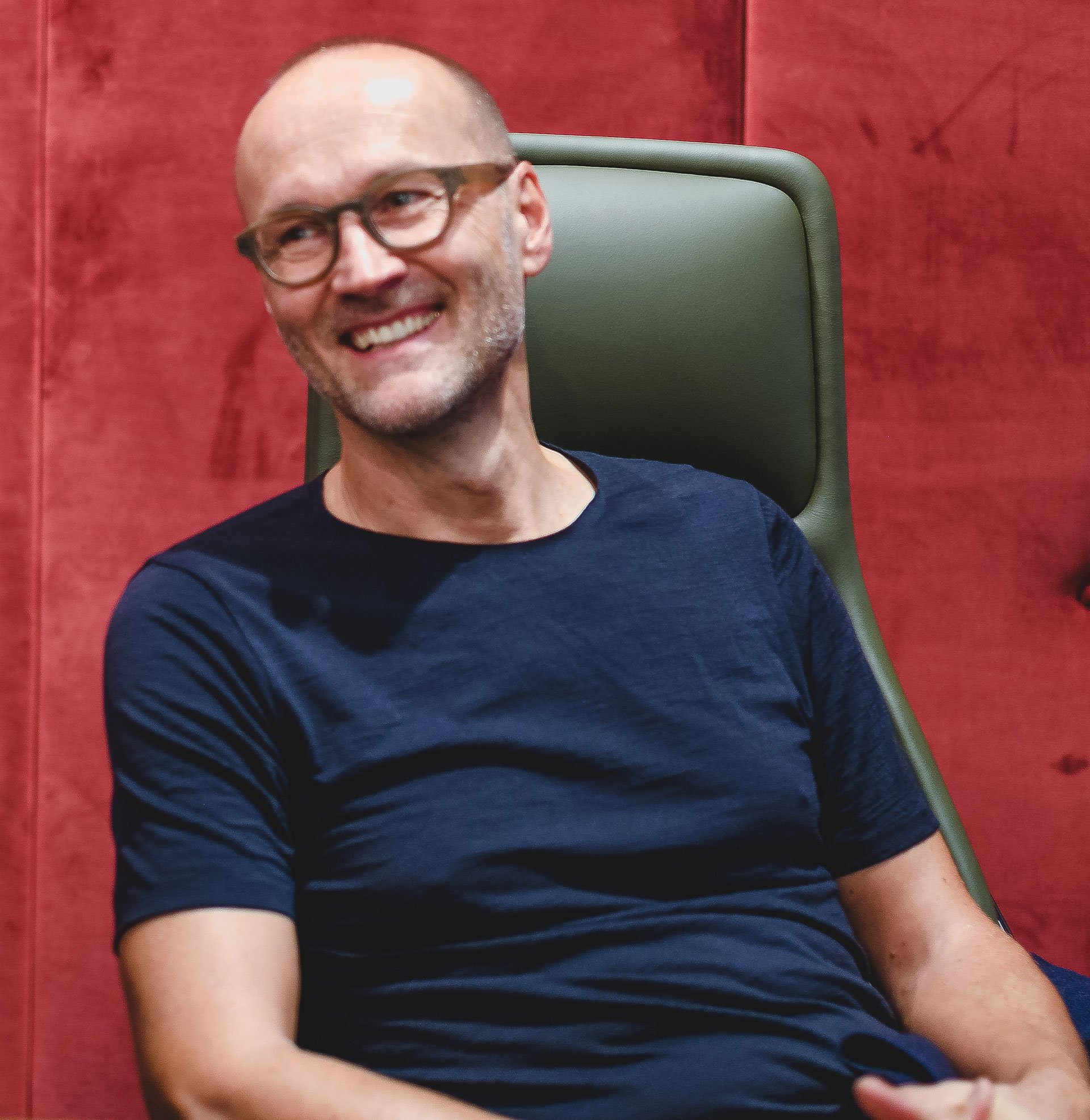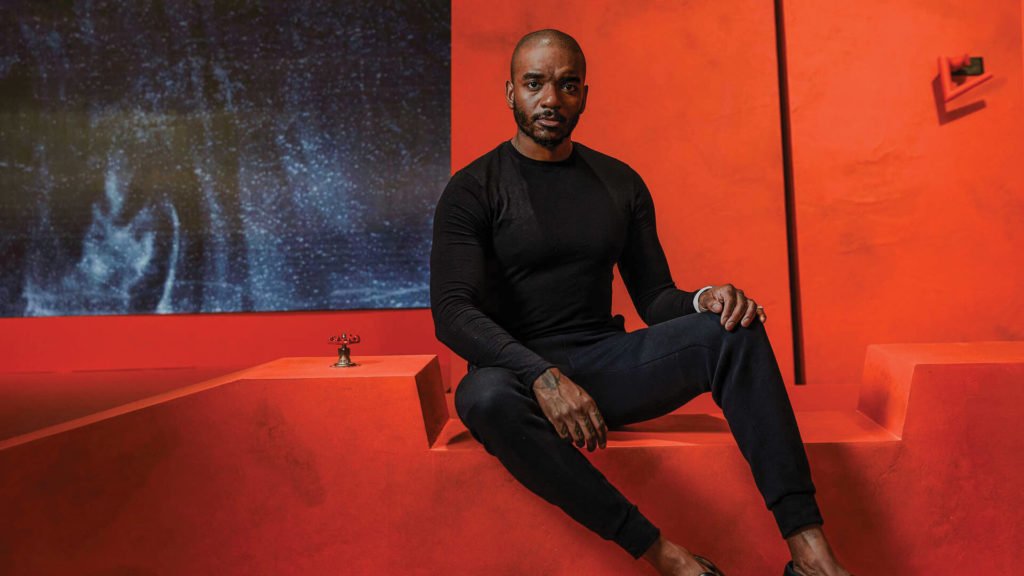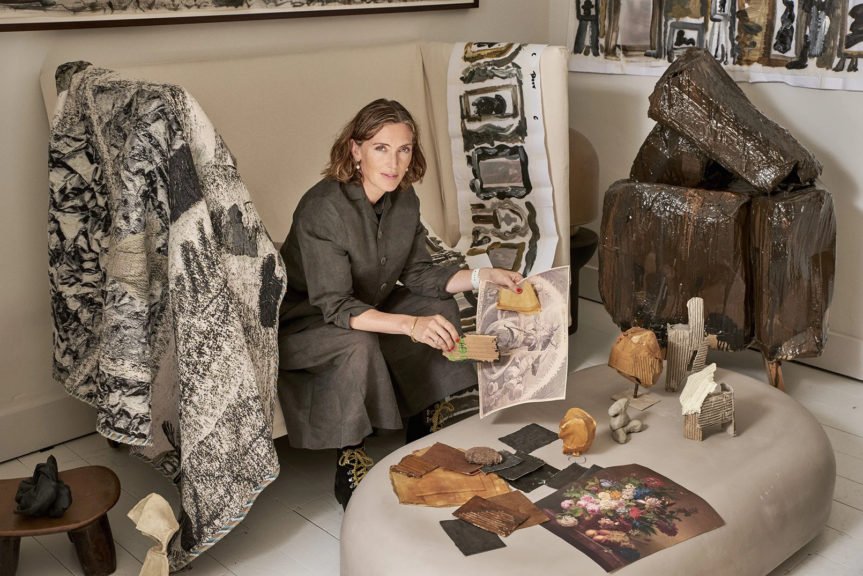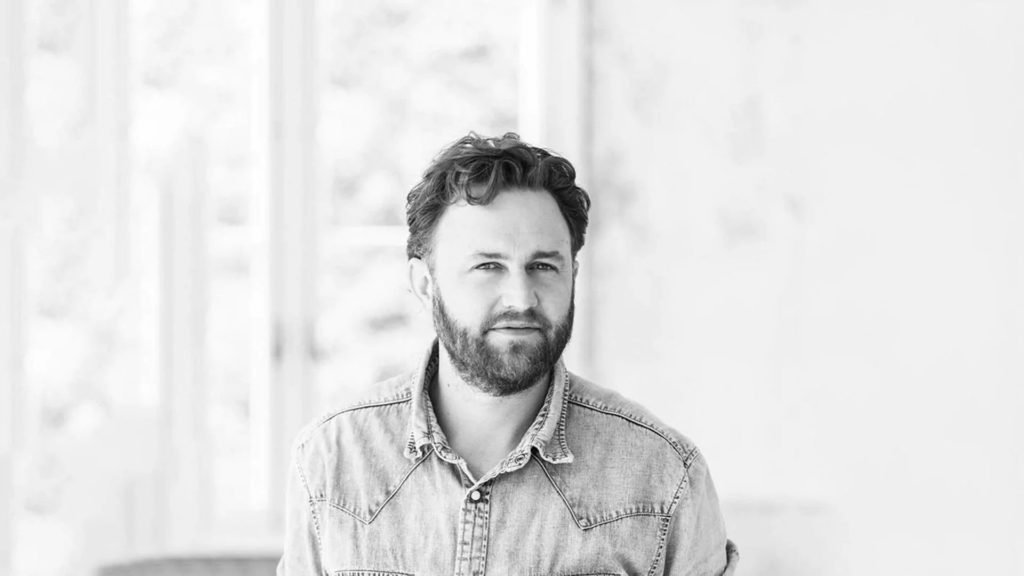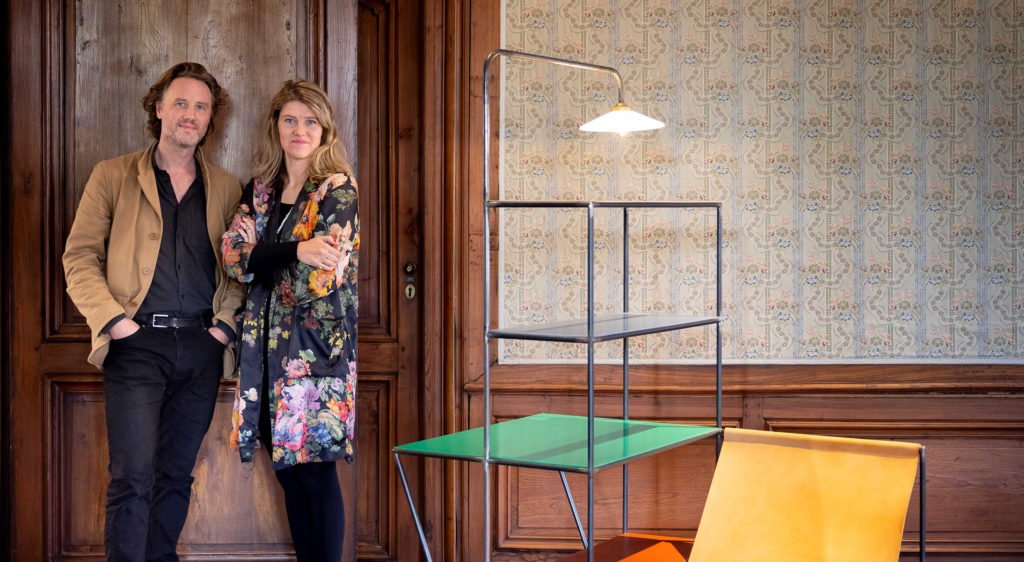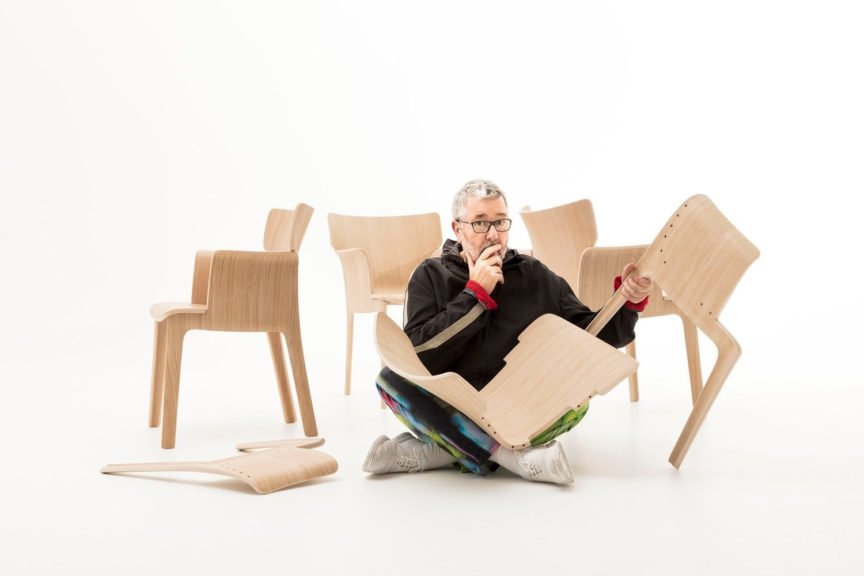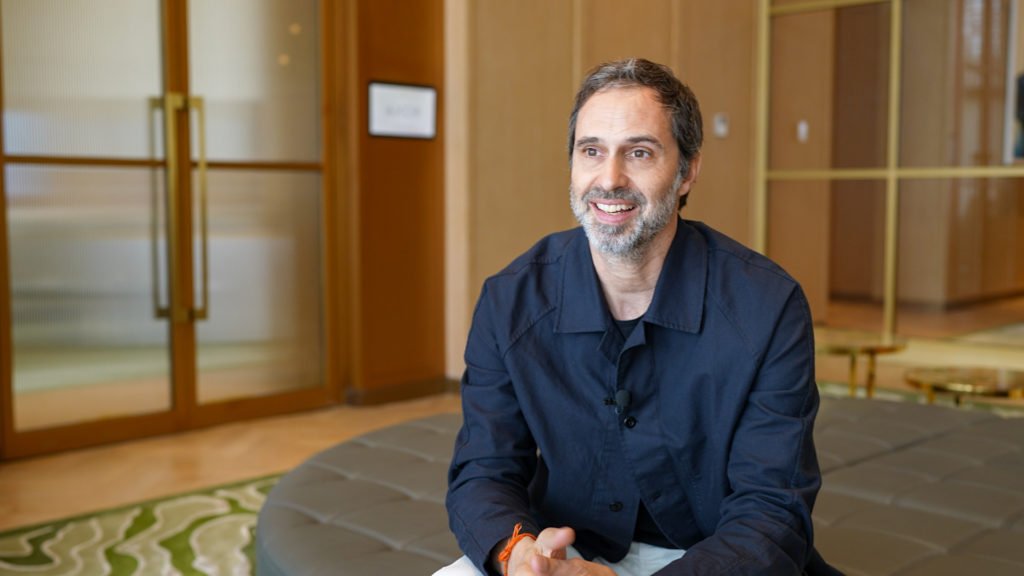Have there been any mentors or influences through your design journey?
Jehs: We didn’t have mentors in the traditional sense, but we did have people who truly believed in us. Umberto Cassina was one of them. He was willing to invest in us, and give us the facilities and tools to design. It’s always a risk, not just for us but also for people like him – you expect some return on your investment. Thankfully we’ve managed to deliver every time.
There was something George Nelson of Herman Miller said many years ago that I always bear in mind. He referred to the workplace as simply being your living room from 9 to 5. If you think about it, that’s a dominant trend in furniture design today.
We want each product to be unique and crafted for a purpose. While it has to incorporate the spirit of technology and the innovation of the time, it must also reflect a personalised touch
– Jürgen Laub
How have your designs changed over the years, with changes in technology and trends?
Laub: We’ve had clients who have approached us with new ideas based on any trends that they have noticed. And not just in technology, but on the cost angle as well. We’ve been asked to modify our design, or certain parts of it, to incorporate less metal and more plastic, in order to save on costs.
What we try and do is design a product that can incorporate the latest in manufacturing and industrial design methodologies, yet exude that special handmade feel. We want each product to be unique and crafted for a purpose. While it has to incorporate the spirit of technology and the innovation of the time, it must also reflect a personalised touch.

